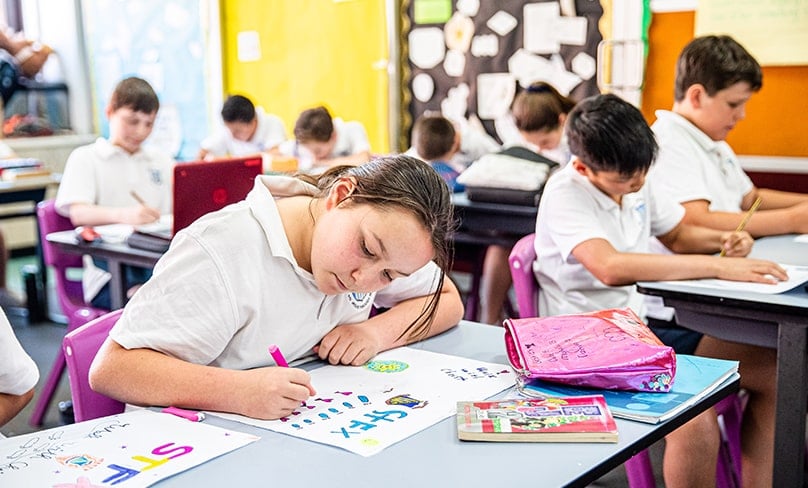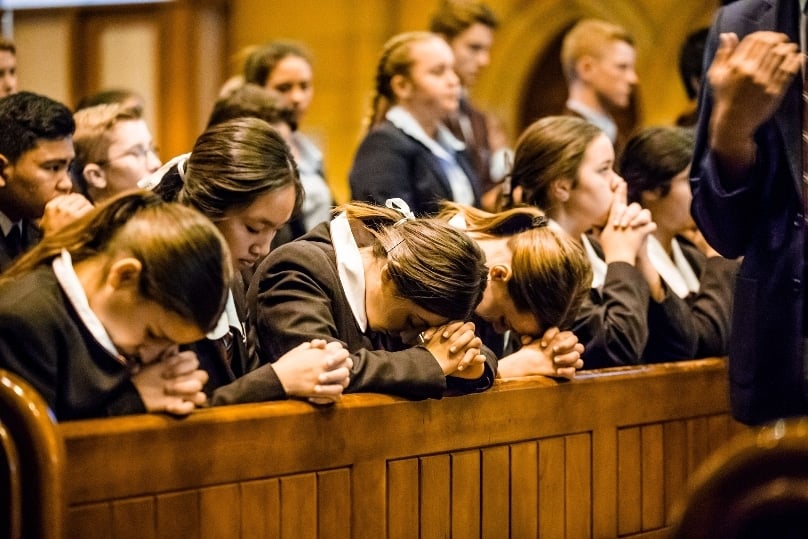
Is it time to start thinking along different lines about how we organise ourselves out there in the world?
I recently said that boutique parishes serve a Church that no longer exists. One of the factors that keeps a boutique parish open in Australia is affiliation with a Catholic school.
In the days when Australian Catholics were poor and went to Mass on Sundays, the parochial school was a great resource. The two were closely connected and had a thriving relationship.
Today, the Catholic education system has around 780,000 students and employs over 100,000 staff across nearly 1800 schools. For every $5000 of funding per student that comes from private income, a Catholic school in Australia will also receive nearly $13,000 of state and federal government funding.
“Based on 2015 data, my guess is that WA and NSW have above average percentages of Catholic students in Catholic schools – perhaps more than 63 per cent.”
But nationally, just 63 per cent of those students are nominally Catholic. It was 69 per cent in 2016. I just spent an hour patiently searching through the websites and annual reports of Australia’s different Catholic education offices. I couldn’t find any current data on how religious affiliation in Catholic schools might vary from state to state.
Based on 2015 data, my guess is that WA and NSW have above average percentages of Catholic students in Catholic schools – perhaps more than 63 per cent.
In the rest of the country, I think it’s now closer to just 50 per cent. In Tasmania in 2015, it was below 50 per cent already, and South Australia was barely 51 per cent.
The national rate of Sunday Mass attendance in Australia is around 11 per cent. So let’s do the math.

In a Catholic high school with 1200 students, around 720 might be Catholics, but just 79 kids there might go to Mass on Sundays. That’s 79 kids out of 1200, or 6.5 per cent of the total enrolment.
That’s a best-case scenario in a state with 63 per cent Catholics at the school. In a worst-case scenario, the same high school would have just 600 nominal Catholics, and just 48 who go to Mass on Sundays. That’s only 4 per cent of the total enrolment.
I suspect that in the real world, this figure is a lot lower. After all, the rate of practice among school leavers is among the lowest in the country, at just 5 per cent.
If you can show me otherwise, I’m very happy to be corrected. Until then, it’s an important part of my argument that the Catholic education system in Australia isn’t strongly ‘Catholic’ any more.
“People defend the system by talking about ‘evangelisation’ of these lapsed Catholics and non-Catholics. I’ve spent the best part of an afternoon reading Catholic education annual reports, and they have a lot of good priorities.”
It’s still private, still independent, and still generously funded. It still produces good educational outcomes, and is inclusive, and accredited, and many other good things (the annual reports are full of this kind of data).
But it’s becoming a form of cheap private education for non-Catholics. So why do we keep churches open on Catholic school campuses? I can understand a chapel attached to the school, but an entire parish church? In my diocese, the parish is responsible for the sacraments of initiation for children, and the parish priest is supposed to oversee this. What usually happens in practice is that the school prepares the children and there’s limited liaison with the parish.
Certainly, the parishioners never see the kids on Sundays, or their families. But that’s because the families aren’t going to Sunday Mass either.

We have a king tide of families and kids a couple of times a year when they have to show themselves in public. We barely see them any other time, and especially not after Confirmation.
People defend the system by talking about ‘evangelisation’ of these lapsed Catholics and non-Catholics. I’ve spent the best part of an afternoon reading Catholic education annual reports, and they have a lot of good priorities.
But I’d like to see some hard data on how many conversions, reversions of lapsed Catholics, and retention of practicing Catholics past the age of 13 have taken place. I’ve heard anecdotes, but that’s not enough.
“I do think that any Catholic school should have a chapel on the premises with the Real Presence.”
This data can actually be captured. And it should be just as important a measure of the quality of a Catholic school as the number of hours of professional development their staff have done.
In the absence of this data, the zone model of diocesan reform could also work here.
Having a School Mass? Bus the kids to the Mass centre, or if it’s an evening event, they can travel with their parents.
I do think that any Catholic school should have a chapel on the premises with the Real Presence. But I think it’s time to reassess the parochial church-school model to find where it’s working, and where it isn’t.
